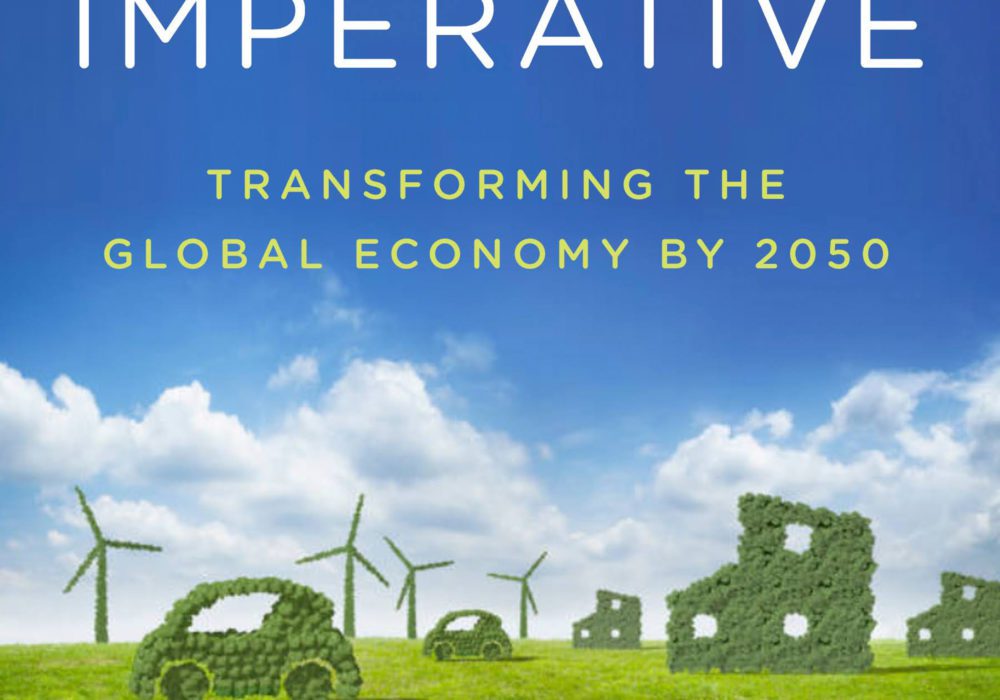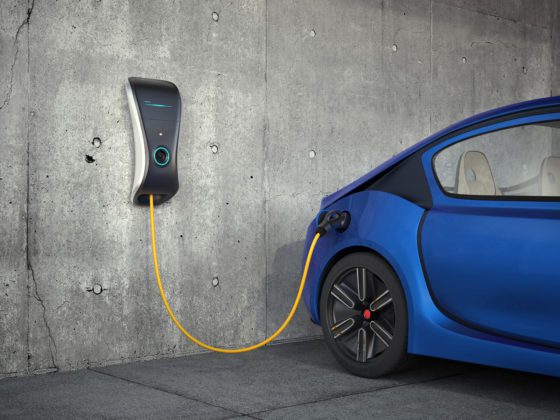In 2017, Darden Professor Mike Lenox and I set out to conduct research on four critical industry sectors – energy, transportation, industrials, and agriculture – with the goal of identifying the clean technologies with the best potential to decarbonize the global economy as well as the actions needed to accelerate their adoption. This research was based on our belief that to mitigate climate change and keep global warming below 2 degrees Celsius, we need disruptive innovation across all industry sectors by 2060 and multi-stakeholder global action.
Over the next three years, we published a series of reports that went from optimistic to worrisome. And, in that short period of time, the UN IPCC released another report that moved up the mitigation deadline to 2050 and reduced the target temperature to 1.5 degrees Celsius. The good news is that policymakers, businesses, and even some consumers are waking up to the call to action. Unfortunately, that action seems to be most focused only on energy and transportation. Yes, we need electrification of transportation and a greener, modernized grid but that doesn’t tell the full story. We decided to tell that full story in our book The Decarbonization Imperative: Transforming the Global Economy by 2050.
The truth is, there is no silver bullet, not even within any one sector. What we found was that in energy and transportation there is much to be hopeful for – electric vehicles, solar, wind – and with the continued decline in clean alternative costs we are seeing disruption happen in real time. Yet, even within these sectors there is not a one-size fits all. Hydropower and nuclear have a place in the clean technology future as does green hydrogen and fuel cells. Overall, these sectors do seem to be on track to decarbonize by 2050. However, innovation in agriculture and industrials is just getting started and both come with sizable challenges that will slow broader adoption. Promising technologies within these sectors need more investment in R&D and commercialization and for agriculture, the change in behavior needed by both farmers and consumers seems insurmountable.
Collectively, the list of technologies and actions presented in this book is overwhelming, we have an enormous amount of work to do in a short amount of time. Yet, if we take a sector-by-sector approach, applying the right policy actions to accelerate clean technologies based on where they are in the technology lifecycle, then we have a chance. But try we must!




